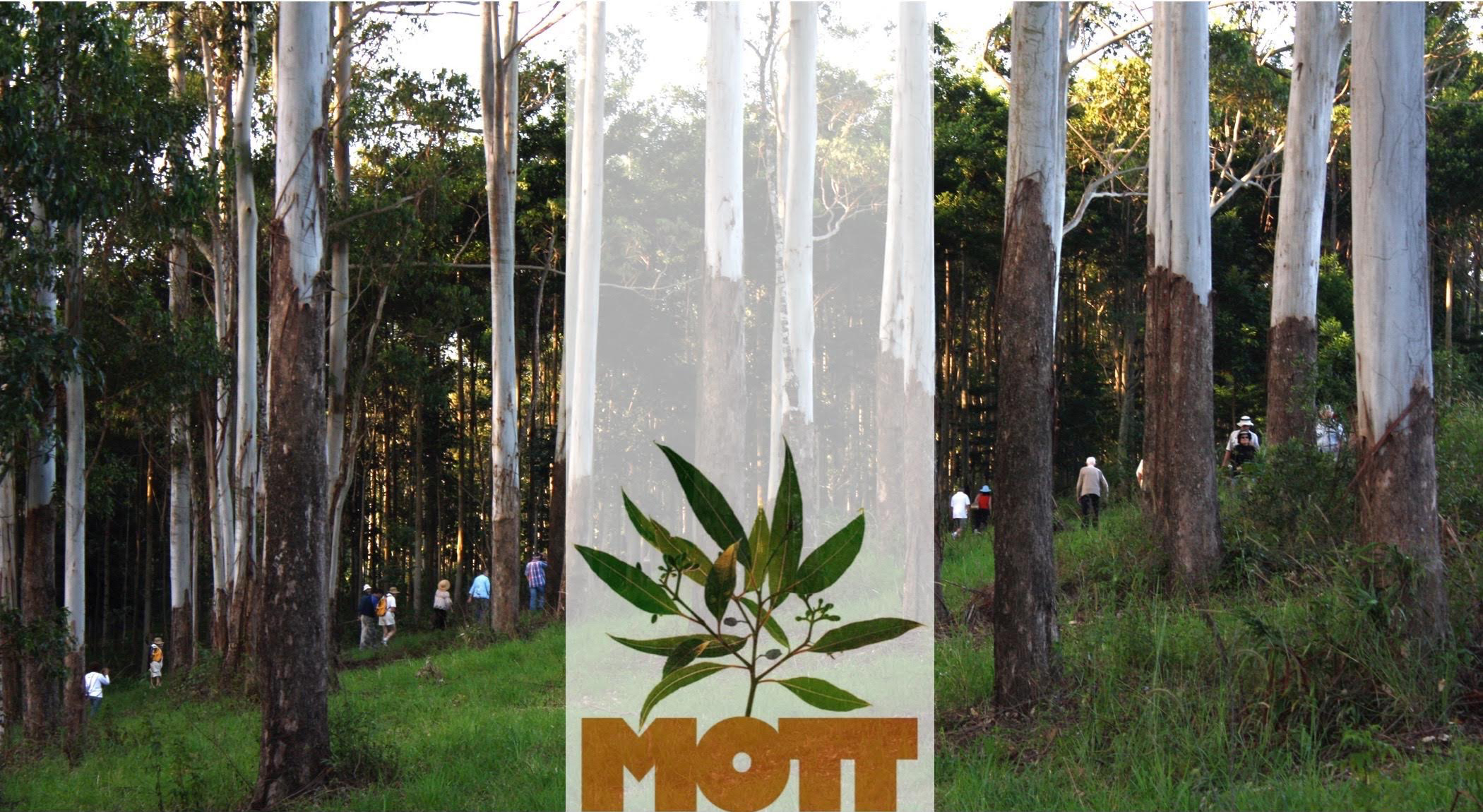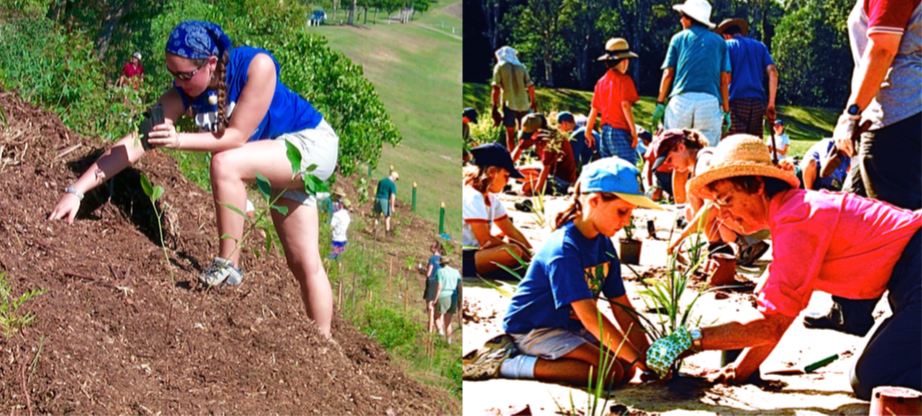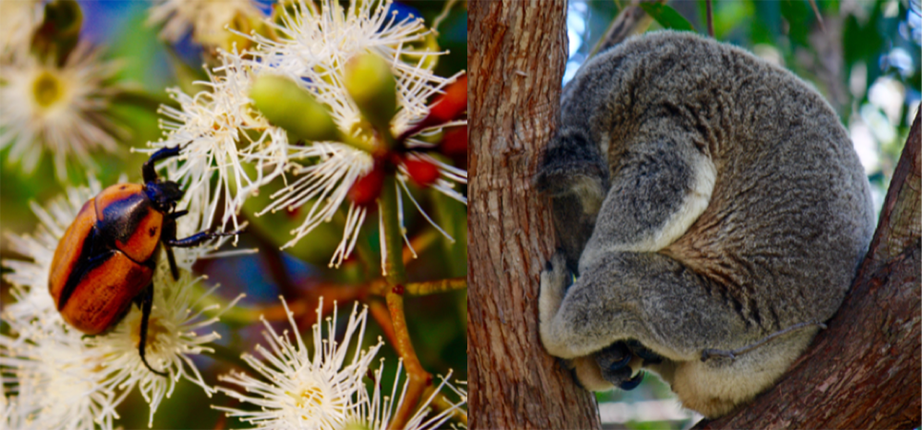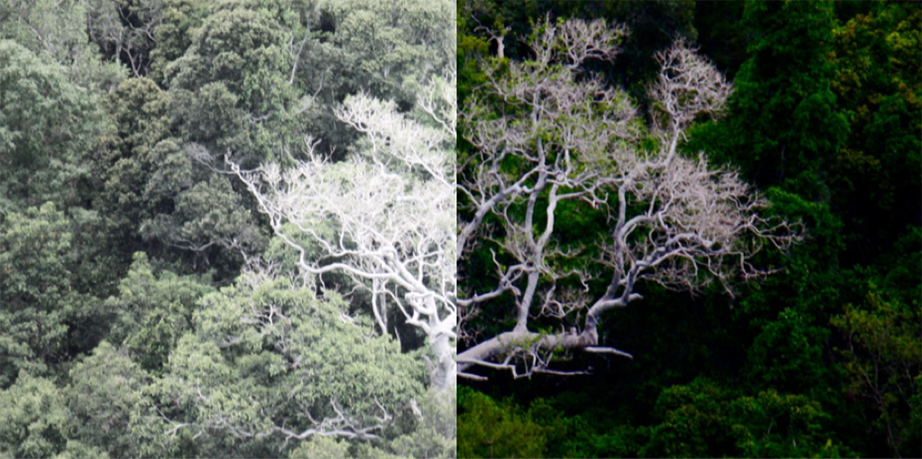The right tree, in the right place, for the right reason.
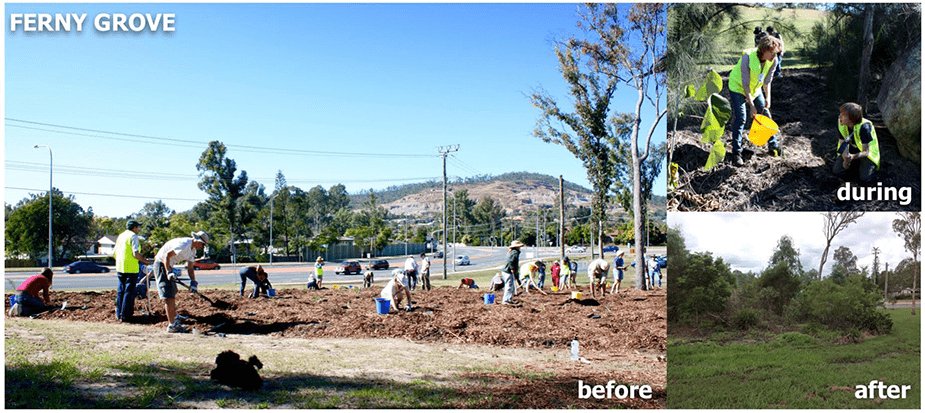
MOTT assists service organisations, schools, clubs, rural groups, local Governments and
individuals in achieving a better understanding of the role of trees in the environment
and in organising the planting and maintenance of projects.
Promote the planting of trees, educate the community on the benefits of trees, cooperate with organisations with similar objectives.

MOTT plant trees in parks as well as in degraded urban and rural areas.
The Society also encourages the development of systems for tree planting to suit specific needs.
The scope of the Society’s tree planting activities is limited only by the level of membership and
the necessary funding to implement projects.
To strengthen our small passionate & dedicated group into a larger passionate & dedicated group.
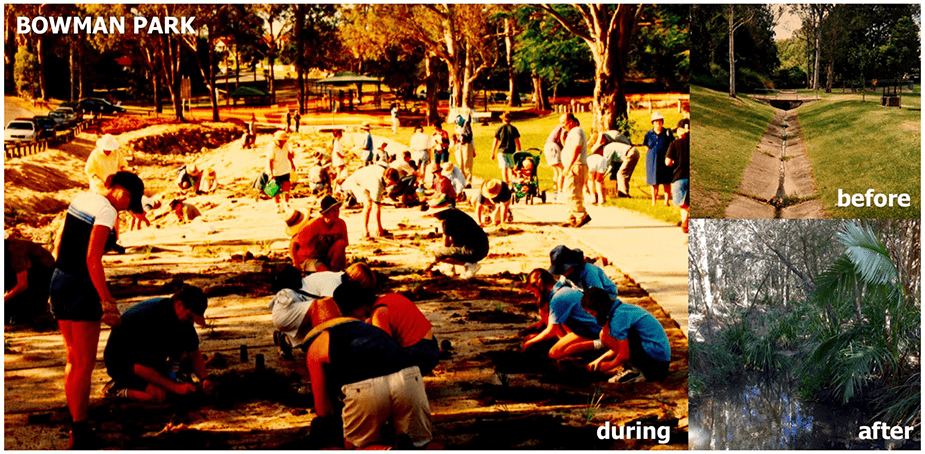
Strengthening MOTT’s Corporate Strategy has 4 major goals:
- Work towards strategic goals - (resulting from strategic planning sessions) - Four strategies are presently considered important in achieving this goal:
Identify strategic goals; establish advocacy role for local and relevant other natural resource management issues; implement strategic goals; play
coordinating role in local NRM implementation process
- Develop financial base to enable implementation of identified strategic goals - Three strategies are presently considered important in achieving this
goal: Secure MOTT operating costs; strengthen internal financial base; develop and pursue external funding sources
- Develop and strengthen corporate identity - Four strategies are presently considered important in achieving this goal: Marketing of MOTT and of
MOTT’s strategic goals; establishment of MOTT centre; development of signature projects; development of visual corporate ID.
- Ensure smooth and effective running of internal administration - Three strategies are presently considered important in achieving this goal:
Recruitment of continuous volunteer time; improvement of equipment for effective use of volunteer time; ensured sustainable use of resources.
Landcare & Revegetation has 2 major goals:
- Protect, maintain and improve natural areas - Five strategies are presently considered important in achieving this goal: Support bushcare groups;
update and implement catchment management plans; identify other natural areas of concern in our areas and take appropriate action; identify and
object to development that impinges on natural areas and biodiversity in our catchments; engage community in protecting, maintaining & improving
their properties
- Monitor, protect and improve biodiversity - Four strategies are presently considered important in achieving this goal: Determine the biodiversity of
various groups of organisms in our areas; identify groups of organisms "at risk" or "missing" in the areas; identify threats to biodiversity; identify and
implement strategies to maintain habitat, decrease threats and improve conditions for "at risk" or absent groups of organisms.
Community Engagement has 4 major goals:
- Involve groups and individuals as members - Four strategies are presently considered important in achieving this goal: Identify and maintain a register
of active groups and individuals in our area and their interests, and invite as member; Involve groups and individuals in addressing needs of the local
environment based on their interests and promote their action; Engage schools in the area – competitions (relating to conservation, biodiversity, land
use etc); Increase membership
- Attract corporate sponsorship - Two strategies are presently considered important in achieving this goal: Identify corporate identities in our areas;
Discuss with identified organisations options for their involvement and sponsorship – use MOTT brochure and Power Point Presentations!
- Increase the recognition of MOTT - by recognition of MOTT by coordinating and facilitating projects and activities within our area. Five strategies are
presently considered important in achieving this goal: Facilitate collection and management of environmental/NRM data; Maintain a register of activities
and promote them – location, proponent, type; Facilitate research into biophysical units and components of our areas and so engage these
organisations and their staff; Liaise with government, universities and other institutions re research needs and projects; Engage Main Roads and Council
re rectification of issues relating to nature strips, roundabouts, buffer zones, stormwater runoff and retention.
- Increase the relevance of MOTT by communicating information - about our major planting sites and adjacent areas that may feed directly into the
Brisbane River. Six strategies are presently considered important in achieving this goal: Promote the environmental values of the catchments; hold
seminars/workshops/discussion groups on specific themes related to healthy catchments; promote catchment management plans (see Landcare &
Revegetation) and consequent action plans; engage schools with talks and projects; maintain and advertise a library of information sources; conduct
letterbox drops of our information in areas close to major creeks.
